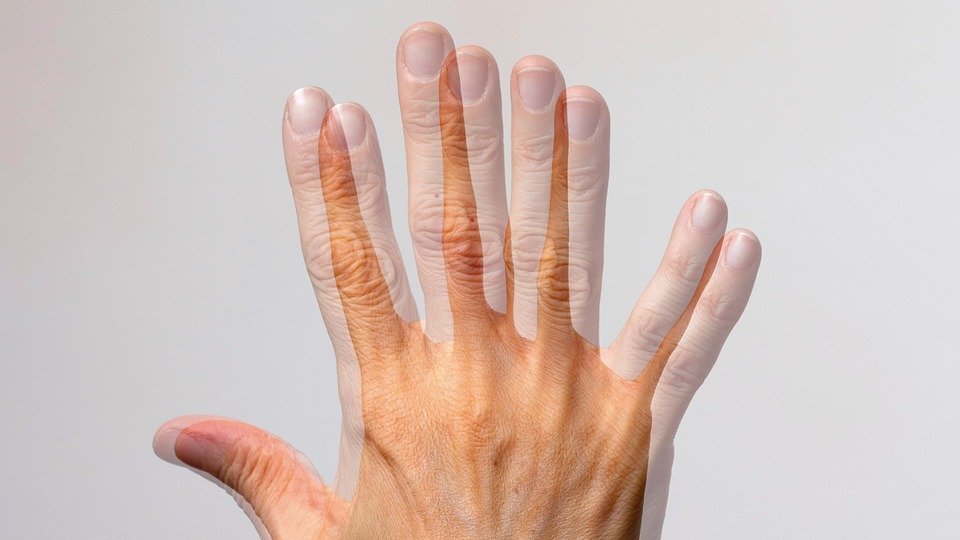
Diplopia
Diplopia means seeing two visions of a single object. This is called double vision.
There are two types of diplopia: monocular and binocular. Monocular diplopia means one eye is affected.
Binocular diplopia both eyes get affected by this.
Monocular diplopia is a rare condition as compared to binocular diplopia.
Monocular diplopia: monocular diplopia is the double vision from one eye.
Causes of monocular diplopia:
â— Astigmatism: the irregular shape of the curve of the eye that can cause blurred or double vision.
â— Keratoconus: Keratoconus is the progressive degeneration of the corneal layer that makes the cornea thinner and causes blurred or white vision.
â— Impaired function of extraocular muscles.
â— Partially dislocation of the cornea.
â— Structural changes of the eyes.
â— Lesions in the eye.
â— Dry eyes.
â— Corneal irregularities.
Binocular diplopia: binocular diplopia is the double vision of both eyes.
Causes of binocular diplopia: it can be caused by life-threatening conditions, like:
â— Aneurysm
â— Stroke
â— Trauma and injury of the head.
â— Brain tumor
Above mentioned conditions usually affect the nerve that controls eyes movements and extraocular muscles. Reduced blood supply can cause weakness of the muscle that can lead to cranial nerve palsy.
â— Multiple sclerosis: multiple sclerosis is a condition where the nerves that control eyes movements get damaged.
â— Migraine.
â— Strabismus.
â— Myasthenia gravis.
◠Grave’s disease.
â— Diabetes.
â— Hypertension.
Symptoms:
1. Double vision of single objects.
2. Cross eyes.
3. Severe headache.
4. Pain in the temporal region.
5. Drooping eyelids.
6. Blurred, white, or double vision.
7. Difficulty in walking and maintaining body balance. 8. Difficulty in reading and writing.
Risk factors of diplopia: â— Head injury.
â— Diabetes
â— Brain tumor.
â— Multiple sclerosis. Complications of diplopia:
â— Some people may experience nausea and vomiting. â— Straining of eyes.
â— Difficulty in reading and writing.
â— Unable to complete everyday routine tasks.
Diagnosis:
â— Physical examination of the eyes.
â— Squinting of the eyes.
â— Eyes movements.
â— Blood test to see the infection in the body.
â— CT and MRI to see any abnormalities in the brain and in
the spine.
Management: wear contact lenses and glass to resolve vision problems in the eyes.
Eye exercise should be done to strengthen the muscles of the eyes.
Homeopathy management:
â— Natrum muriaticum: Nat Mur is well indicated for the weakness of the vision after a debilitating illness. Diplopia or vertical hemianopia followed by headache. Vision blurred. See the zigzag appearance of all objects.
â— Gelsemium: gelsemium is well indicated for diplopia with multiple sclerosis. Diplopia during headache. Blurred vision and pain over eyes. Diplopia during pregnancy with dim vision. Pupils are dilated and insensitive to light. Astigmatism is marked.
â— Aurum met: aurum met is well indicated for double vision or hemiopia where the upper half of the object is invisible. Optical illusions of the bright color. See white or black spots before eyes.
â— Belladonna: belladonna is well indicated where vision gets diminished from doing fine work. Diplopia after congestive headache. Objects appear double. Farsightedness. amblyopia.